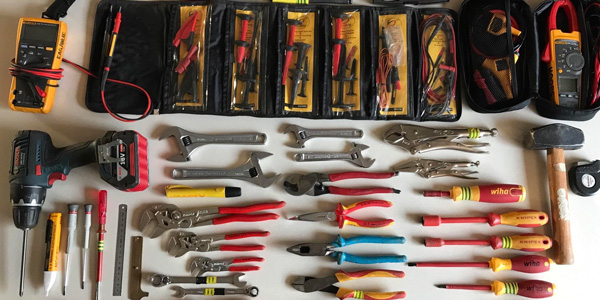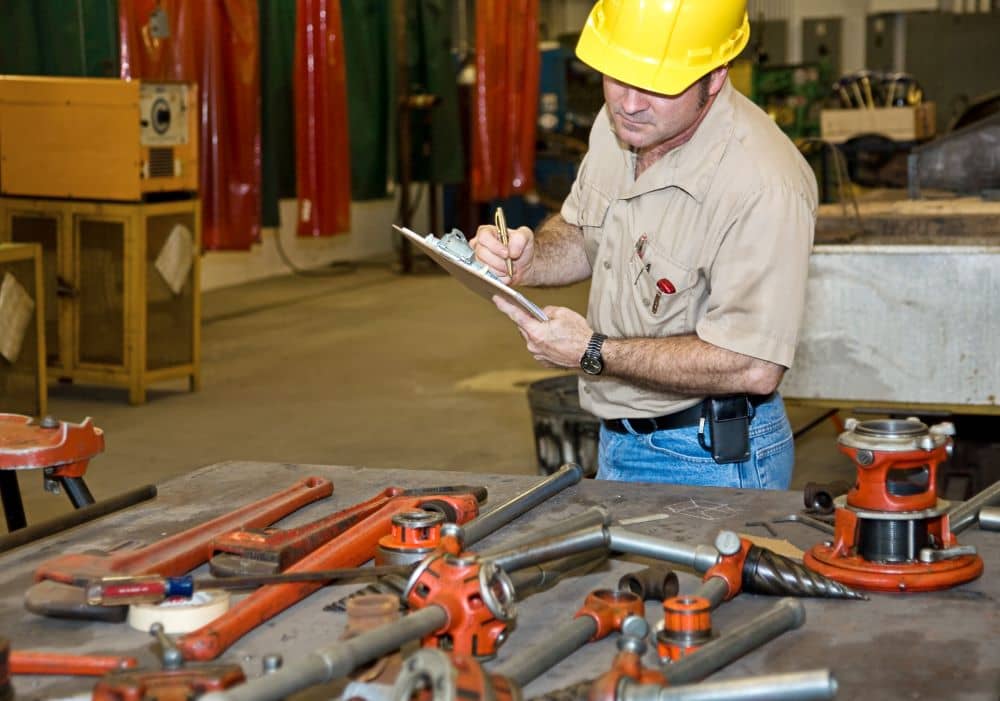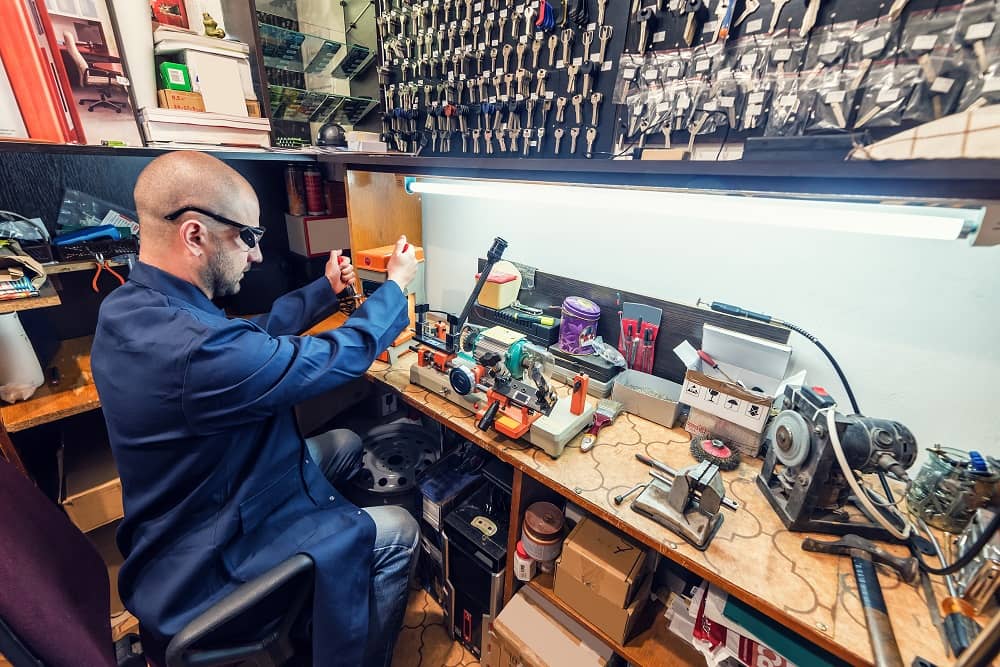When you work in construction, tools are your lifeblood. Any downtime without them is a threat to your livelihood, not to mention extremely annoying. Who’s got extra time to deal with the headache of replacing hundreds of dollars worth of tools or trying to get insurance companies to cover the damage? That’s why it’s so important that we take preventative measures against theft. Sure, some contractors think they’re too good for this kind of security and will only learn their lesson when disaster strikes—but I’m here to help avoid that nightmare scenario in the first place. Here are 10 tips you can use today to protect your investments and keep your business running smoothly:

Get theft insurance
Insurance can be a good idea, but it is not a replacement for good security. Insurance may cover the cost of replacing your tools if they are stolen and help with legal costs if you go to court. Contact us today to find out more about theft insurance and how we can help you protect your business and equipment.
Make your tools identifiable
- Use a label maker to make labels for your tools.
- Mark your name and contact details on all of them.
- Use a permanent marker, or even better, one that is waterproof and can be seen from a distance.
- Make sure the label is big enough to be read from afar so people do not have to get up close to read it.
Take photos of your tools and serial numbers in case they get stolen
- Take photos of your tools and serial numbers in case they get stolen.
- Keep a record of serial numbers and receipts if possible, so it’s easier to file an insurance claim when the time comes.
- Keep a record of purchase dates, purchase prices, insurance details (if any), contact details for the store where you bought them from or for the manufacturer/supplier if these differ from those given by police when reporting theft/loss etcetera

Do a stocktake before leaving the worksite
Take photos of all tools and serial numbers, as well as any injuries that may have occurred during your work. Keeping track of how many hours you’ve worked will help you keep accurate records and prevent being overworked. It’s also important to note that if you’re working on multiple jobs at once, it can be difficult to keep track of which tools belong to which job site, so take a picture of everything so you can easily identify them later (or just ask someone else who works at that site). If there are any broken tools or other issues with their condition (like wear), write them down in your spreadsheet or document so that when it comes time for an inventory, there’s no confusion about what needs replacing or fixing before returning them back into storage facilities/vans etc…

Check for hidden compartments at the worksite
- Check for hidden compartments and hidey holes at the worksite.
- Don’t leave tools in places where they can be easily stolen, such as on the ground or a bench that is left unlocked.
- Don’t leave tools in plain sight, especially not if there’s an open window nearby or an open door to the workspace where you’re working on something else (like a house). You never know who might be watching you work or walking by your vehicle parked outside with doors unlocked and windows down—and if they see something valuable sitting out in the open like that, it’ll be snatched faster than you can say “tool thief!”
Lock up your tools at the end of each day.
Lock up your tools at the end of each day. It’s easy to forget, but make sure that you lock up your tools after using them each day. If you’re working on a job site and have to leave for lunch or take a break, get creative: use bungee cords or rope to tie down toolboxes so they don’t get stolen (or even just tie them together), or make sure they’re locked inside the vehicle with you until you return. Another option is to keep them in a lockable cabinet in your shop or garage—it’s an extra step, but it’ll keep thieves at bay for good!

Don’t leave them on site or unattended in vehicles.
It may seem minor, but leaving your tools unattended in your vehicle can be a big mistake. If you must leave them in the car overnight, it’s best to bring them into your house or keep them locked up somewhere on site. This will reduce the chances of someone breaking into your car to steal them (or any other valuables). Even if there are no other belongings around for thieves to take, they’ll still likely break into your vehicle just to get at your tools!
Try to avoid leaving your tools in your vehicle overnight.
If you are not using your tools, it is best to get them out of the vehicle and into a secure location. If you drive into work each morning and leave your tools in the car, someone could break in and steal them overnight. This can be particularly problematic if you have a garage or shed where people can see what you have inside. Some contractors even keep their tools on their front or back porch so that they can take them inside when it gets dark, but these areas are vulnerable as well because all it takes is one person walking by who recognizes something valuable like an expensive hammer or saw to lift it up and walk off with it without anyone noticing until too late.
If there isn’t enough room for all of your equipment at home then another option may be renting storage space from a vendor such as U-Haul Self Storage Solutions which offers both indoor storage lockers as well as outdoor ones depending upon what type of items need protecting most often during those months when weather conditions aren’t favorable (or even if they’re just too cluttered).

Regularly run security updates on all devices, including phones and tablets, to protect against hacking or viruses.
Make sure you are running all the latest versions of software on your devices. While this may seem like a no-brainer, it’s easy to get caught up in what you’re doing and forget about updating your phone or tablet. If a security update is available, you should always download it right away so that hackers cannot take advantage of any vulnerabilities on your machine.
Keep an eye out for new features too! There are many features that can make life easier for contractors who work on the go: remote access to files, mobile payment apps and even fingerprint scanners are just some examples.
Conclusion
We hope these tips will help you keep your tools secure. If you need any more advice, please don’t hesitate to contact us.
